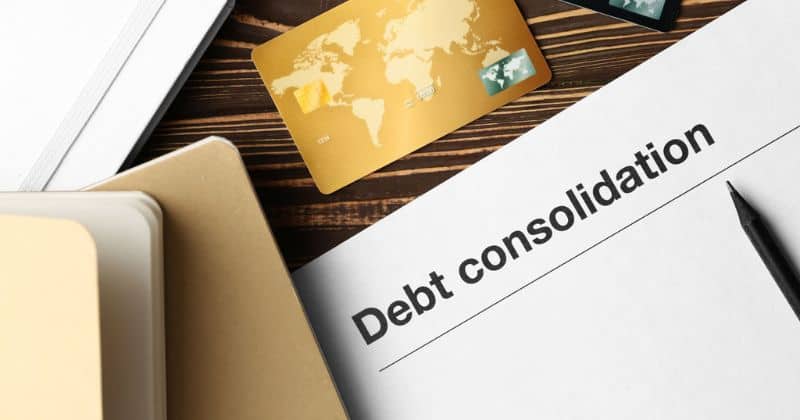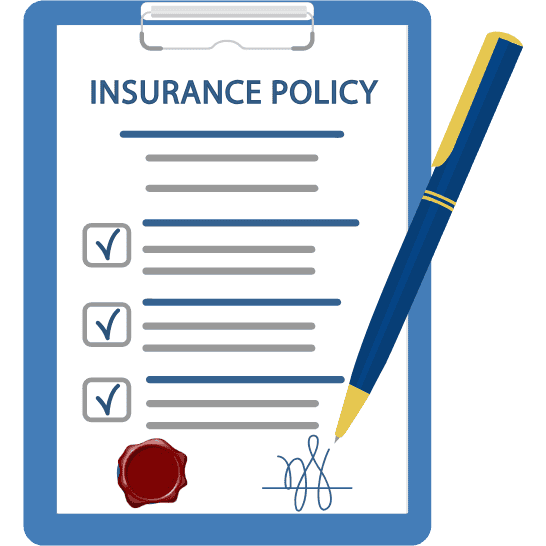Can You File Bankruptcy On Debt Consolidation In India?

Debt can quickly become overwhelming, leaving individuals searching for solutions to manage their financial burdens. Debt consolidation is one such solution that allows borrowers to merge multiple loans into a single, more manageable payment. However, when financial distress deepens and repayments become impossible, many wonder whether bankruptcy is a viable option to escape debt, including consolidated loans. In India, the laws governing debt relief, bankruptcy, and debt consolidation are distinct, and understanding them is crucial before making any decisions. Debt consolidation is a financial strategy where multiple debts—such as personal loans, credit card dues, and other unsecured liabilities—are combined into a single loan with a lower interest rate and a longer repayment period. The primary goal is to simplify repayments and reduce the overall financial burden on the borrower. There are two primary ways to consolidate debt in India: Debt consolidation is often preferred by individuals who are struggling to manage multiple payments but still have a stable income to make regular EMI payments. Bankruptcy in India is governed by the Insolvency and Bankruptcy Code, 2016 (IBC). This law provides a legal framework for both individuals and businesses facing financial distress to either restructure their debts or undergo liquidation. For individuals, personal insolvency proceedings can be initiated under IBC in cases where the borrower is unable to repay debts. The process typically involves: If a borrower is unable to repay their consolidated debt, they may consider filing for bankruptcy. However, there are several key factors to consider: Filing for bankruptcy should be the last resort. Several alternatives can help manage debt more effectively: For those struggling with mounting debt, RupeeRelief provides comprehensive debt resolution services, including: By leveraging such services, borrowers can avoid the long-term repercussions of bankruptcy while still addressing their financial difficulties. While bankruptcy can provide relief in extreme cases, it comes with serious consequences that can impact a borrower’s financial future. Debt consolidation itself does not automatically qualify for bankruptcy, but if repayment becomes impossible, legal options exist under the Insolvency and Bankruptcy Code. However, before taking such drastic measures, borrowers should explore alternative solutions such as debt settlement, loan restructuring, and professional financial guidance. For those in financial distress, services like RupeeRelief can provide a structured path towards debt resolution, ensuring that borrowers regain financial stability without resorting to bankruptcy. Seeking professional assistance early can prevent a financial crisis and pave the way for a more secure future.Understanding Debt Consolidation in India
Bankruptcy Laws in India: An Overview
Can Debt Consolidation Loans Be Included in Bankruptcy?
Alternatives to Bankruptcy for Managing Debt
The Role of RupeeRelief in Debt Resolution
Conclusion

